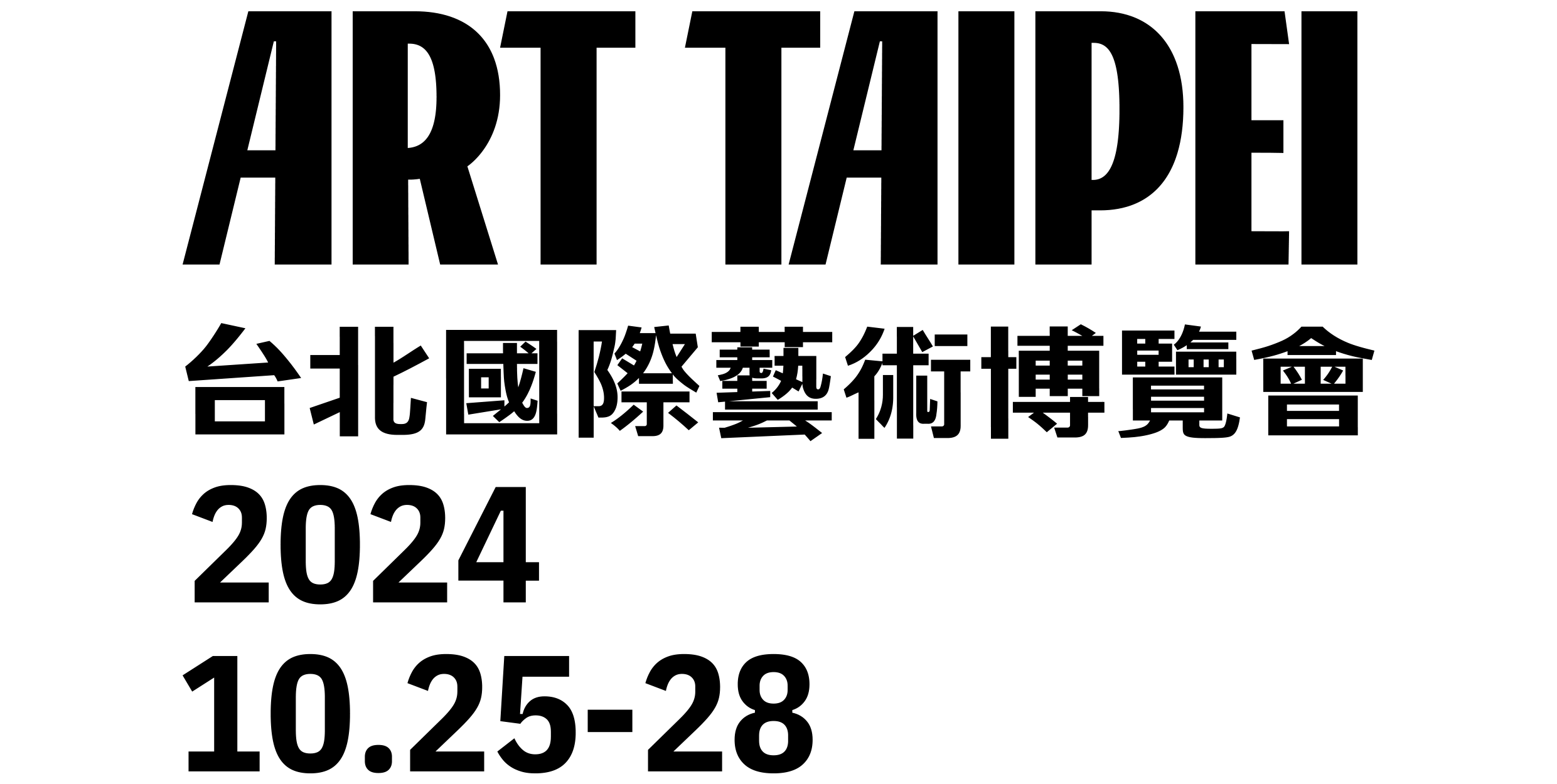André KNEIB
Calligraphy_叽 4 The Song of Birds
Ink and Acrylic on Paper
30 x 40 公分
2006
A life between France and Asia
André Kneib (born 1952) took his first lessons in Chinese calligraphy at the Musée Cernuschi, with the Korean master Lee Ung-No (1904-1989). He then went on to study at Taipei Normal University, before developing his calligraphic skills during his studies at Nanjing University and the Central Academy of Fine Arts in Beijing between 1979 and 1984. In a context marked by both the Cultural Revolution and the revival of the arts following the opening up of the country, calligraphy and, more generally, traditional ink painting were sometimes abandoned by students in favour of oil painting. Nevertheless, the calligraphies exhibited by André Kneib and his master Ding Hao (1941-2012) in 1982 in Nanjing were part of a modern movement that attracted controversy but also inspired a younger generation of artists.
Returning to France in 1988, he devoted his doctorate to the study of the major text Shuduan or Judgements on calligraphy by Zhang Huaiguan (ca. 713-760), and became a lecturer at INALCO. From then on, he divided his time between Alsace, where he set up his studio, Paris and China. His growing success led to exhibitions in a number of Asian museums from the 1990s onwards. In 1995, he became resident artist at the Villa Kujoyama in Kyoto, during which time he decorated the eight fusuma panels in the sanctuary of the Konpoji Buddhist temple, near Lake Biwa, in Nagahama.
André Kneib radically raises the question of preserving the semantic value of the character, which is the basis of traditional art and a constraint in the search for aesthetic freedom. He overcomes this difficulty by placing the choice of a single Chinese character at the origin of his creative process, while developing a certain freedom in the gesture and technique used.
Some of André Kneib’s recent paintings have a more assertive abstract dimension, with the sinogram disappearing in favour of the evocative power of colour and gesture.
André Kneib chooses the cursive scripts xingshu 行書 (semi-cursive) and caoshu 草書 (crazy cursive) for his calligraphy. Of the five writing styles, the cursive styles are the ones that are the most free of the rules for drawing characters, allowing the possibility of linking certain strokes or simplifying certain elements.
Since the mid-1990s, André Kneib has been experimenting with acrylic paint and, more broadly, colour, turning the traditionally monochromatic art of calligraphy into a field for formal experimentation. Acrylic paint, sometimes combined with ink, is seen as a way of injecting emotional intensity into calligraphic compositions while reinforcing the evocative power of the character. Kneib’s use of colour thus places his art in the Western pictorial tradition.

